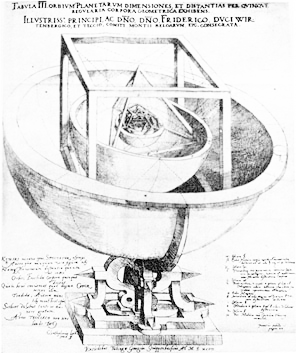
Primary geometric forms of Euclidean Geometry – circle, triangle, square.
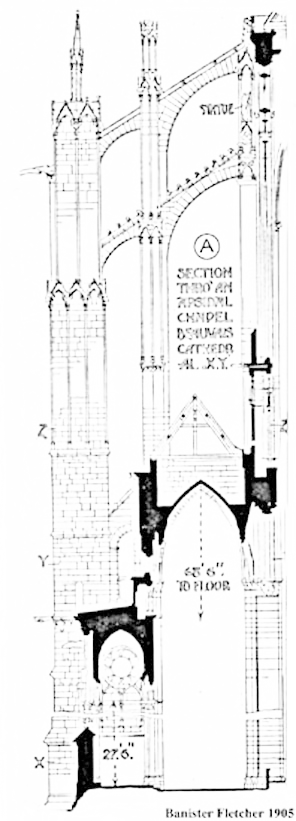
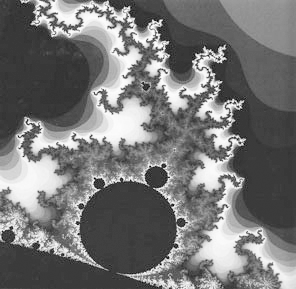

Kovalenko wormhole

A segment of string, which exists in 11th spatial dimension with 10⁻³³ cm in diameter.


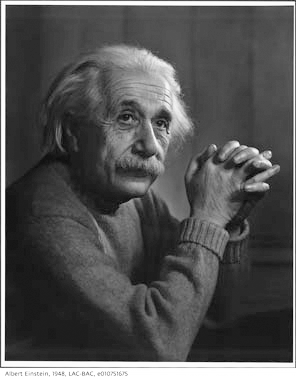
Albert Einstein (1879-1955): German physicist who developed the theory of relativity, which provided a radical new outlook on space, time and gravitation, and for the first time proposed the equivalence of mass and energy.

Clockwork that symbolizes the predictability and three-dimensionality of Newtonian cosmology.

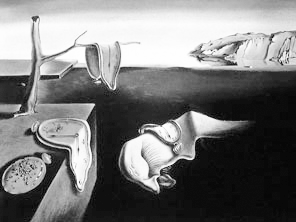
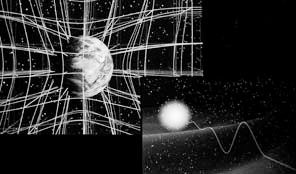
The curved space: according to Einstein’s General Theory of relativity, light beam will bend under the influence of gravity while passing by a celestial body. Based on “Fermat’s least-time principle” light beam will take the path requiring the least amount of time between two points. The fact that the light beam curves the presence of celestial body, then, logically suggests the shortest distance between two points could be a curved line. The only explanation of a curved line being the shortest path between two points is that the space itself is curved under gravitational pull of the celestial body.
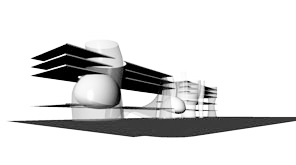
The deformed spheres, which contain digital planetarium, 4-D theater and I-Werk theater, signify fundamental particles in Quantum Mechanics.

Using curvy tubular strings, as here rendered by artist, to create functional spatial elements that contain digital planetarium, 4-D theater and I-Werk theater.
